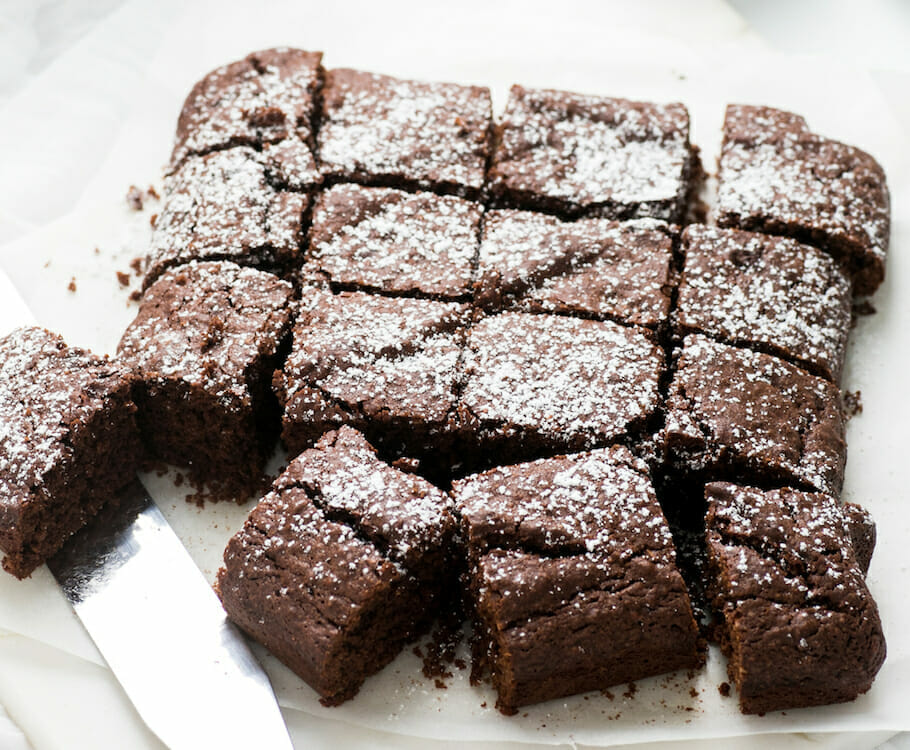Emotional eating: the what, the why, and tips to help fight it
It’s the end of the day, you’re exhausted and the family is hungry. You’ve cooked dinner around the chaos and made sure plates are filled around the table.
The kids are playing up and by the time you’re finally ready to eat, you eat more than you had planned to, beyond the point of comfortable fullness. You eat the food left on the kids’ plates, a few slices of bread, and then started hunting in the cupboards for something sweet.
Chances are this scenario is a variation of reality for many busy moms. Food is more often than not involved in many of the strongest emotional moments in life. But when does this connection between food and emotions become problematic?
What is emotional eating?
Put simply, emotional eating occurs when things get tough or challenging, when you’re having a bad day, when you’re feeling sad and exhausted. It’s our body’s way of making us feel better.
According to the Harvard Health Letter, reaching for those high-fat and sugary snacks when we feel vulnerable can be a vicious and addictive cycle, which rewards parts of the brain that ensure the behavior is likely to be repeated.
Continuing this cycle can wreak havoc with your weight loss goals. There are also psychological issues that are harder to spot and which exercise and change in diet may not be able to fix.
It’s important to understand WHY you reach for food in certain situations and how to break the cycle with healthier methods of coping.

6 strategies to help you deal with emotional eating
As part of the 28 Day Weight Loss Challenge, we recommend you eat three main meals and three snacks per day.
This is absolutely pivotal to success on the challenge. Do you know why? When we don’t eat enough food to satisfy us, our brain overrides any willpower that we have left (and after running around after children all day, that is pretty low) in order to keep us alive.
So our brain will tell us that we are hungry and this will lead to us reaching for those high-fat, high-sugar snacks that deliver a bit whack of energy quickly. It’s not often you get a strong craving for brown rice, chicken, and broccoli, right?
So if you can ensure you are eating the three meals and three snacks each day, chances are your emotional eating episodes will drastically reduce. We all eat emotionally sometimes, but food doesn’t have to be the only thing in your emotional coping toolkit.
1. Know your triggers

A good way to identify this is to keep a food diary for a couple of weeks of what you eat along with tracking your behavior and feelings in the moments before you ate. This will make clear the difference between emotional eating and hunger.
Are you bored? Is your job highly stressful? Have you eaten enough today? When you realize what drives you to the fridge you have the chance to change the way you react to these situations.
Remember not to deprive yourself of food groups or so-called ‘bad’ foods like chocolate. There are loads of recipes on the 28 Day Weight Loss Challenge that give you a healthier version of your favorite treats.
Try these Chocolate Coconut Brownies.
2. Distract yourself
So you’ve identified your triggers – now what? It takes roughly five minutes to distract your brain from craving that high-fat high sugar hit.
Put on some music and dance, call a friend, go online for support from the Healthy Mommy Facebook group or go for a walk. The best distractions are those that take you far away from where the food is kept.
The other thing to remember though is that if you are truly hungry (close your eyes and see if you feel it in your belly, not in your head) then you should eat something. Choose a healthy snack such as hummus and crackers, and then move on. This is especially true if you are breastfeeding, as this requires you to eat more calories per day in order to produce enough milk for your little one.
3. Stress relief
Let’s face it, stress is inevitable in our modern day lives which means we may turn to stress eating. But in reality, getting rid of the cause of the stress might not be feasible.
Instead, why not try yoga or mindful meditation? If that’s not your thing another option may be to engage in another form of group activity such as taking a fitness class at your local gym or joining a book club at your local community center.
Engaging in a group activity gives you the opportunity to unwind. If all else fails to strike your interest, make sure you get enough sleep. Fatigue makes you more likely to emotionally eat.

4. Exercise!
Those people you hear that are addicted to exercising are not an urban myth. In fact, exercise works the same way as emotional eating does!
When we work out, proteins are released in the brain that not only make us feel good, it makes us happy. Unlike emotional eating, these euphoric feelings last longer and give us more energy.
Research shows a 20-minute walk can dramatically affect the release of chemicals in the brain, so start small and increase your heart rate as your fitness gets better.
Try some of our quick workout videos from the 28 Day Weight Loss Challenge to get you started (you can even do them from your own home!).
5. Boredom
This is a big reason why people emotionally eat. In our highly stimulated, visual and fast-paced society, when we are faced with a break, some of us do not know how to handle it. Why not try setting up a bucket list of things you’ve always wanted to do?
Or if the opportunity presents itself, reconnect with your partner, friend, sibling or parent. When we involve ourselves with familial human interaction, our brain releases love hormones such as oxytocin, which doesn’t compare to a tub of ice cream anyway!
6. Seek Professional Help
Sometimes we can’t stop emotional eating on our own. It can be deeply rooted as a learned behavior during childhood where, for example, you were rewarded consistently with sweet food for being ‘good’.
You may need to get help from a therapist with Cognitive Behavioural Therapy (CBT). CBT helps discover destructive thought patterns that negatively impact behavior such as eating to feel better about a bad situation. Under the guidance of a therapist, CBT encourages you to break this cycle and implement more productive coping strategies.
Emotional eating is not a matter of willpower. If you pay attention to your triggers and commit to your strategies, your physical and mental health will turn out better for it!
Are you ready to become a Healthy Mommy?

Our Challenge is designed by moms FOR MOMS – to help them reach their goal weight and tackle their health and fitness.
The Challenge is home to customizable meal plans, 24/7 social support and realistic exercises moms can do AT HOME.
To find out more on the 28 Day Weight Loss Challenge click here.
*Images and references to pounds lost are as supplied by the individual in the story. The Healthy Mommy assumes information and photographs supplied to be true in nature and is not responsible for any false misrepresentations or claims relating to their programs or products.




